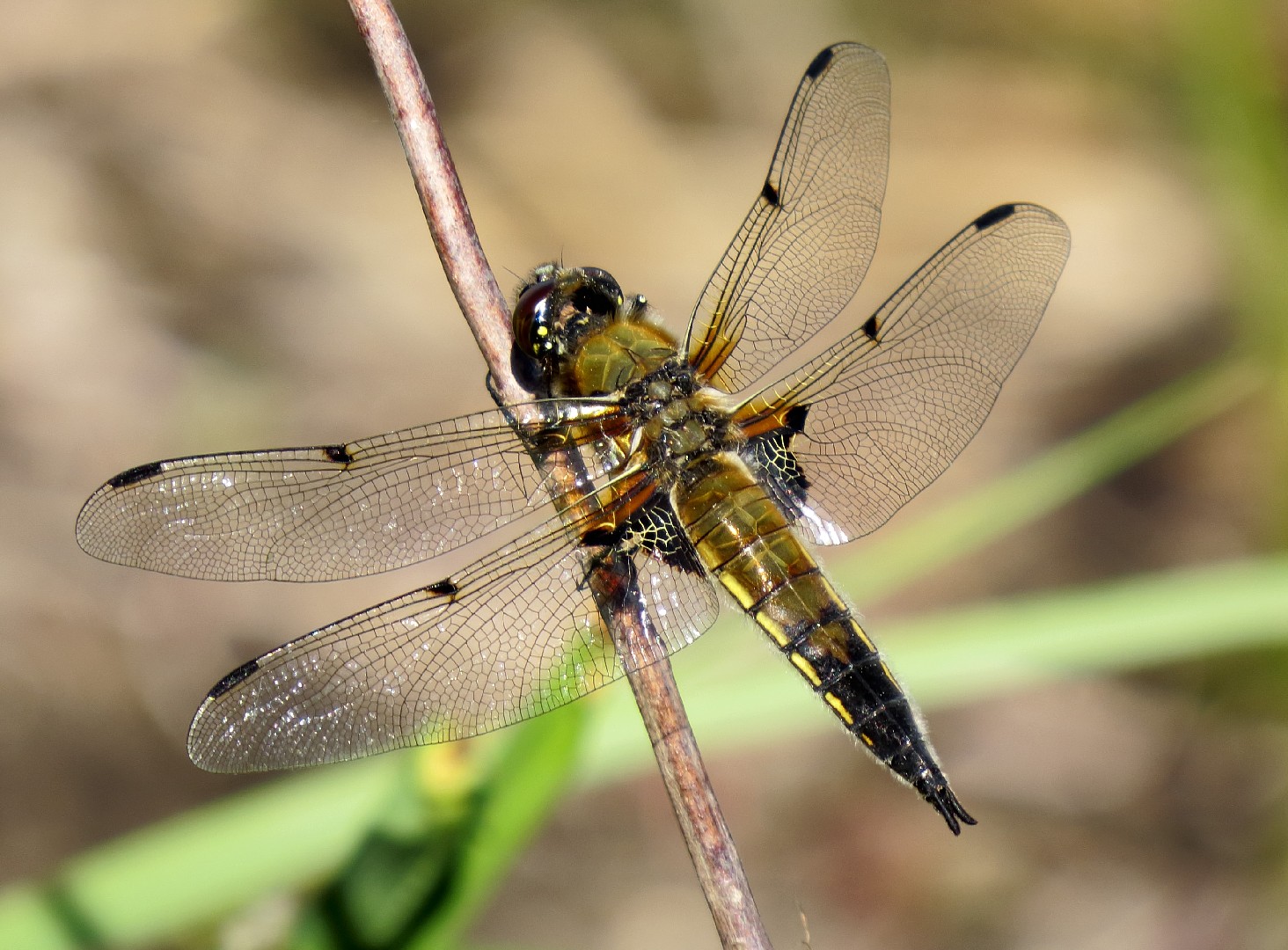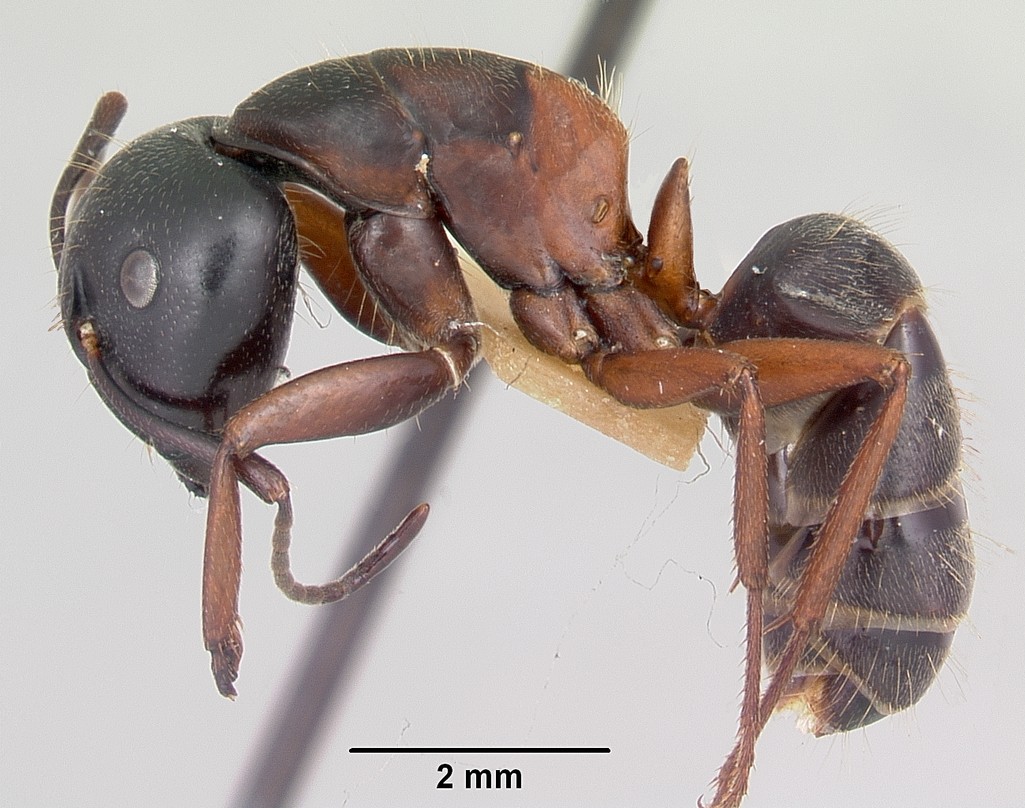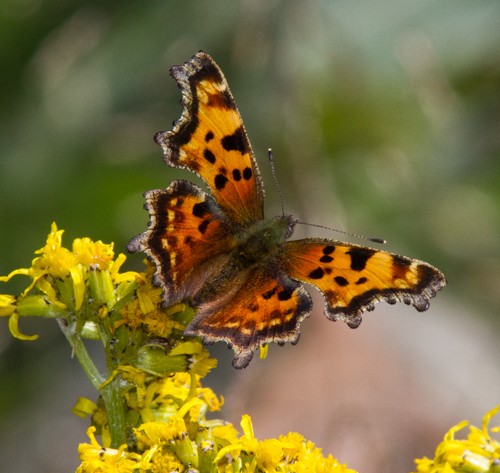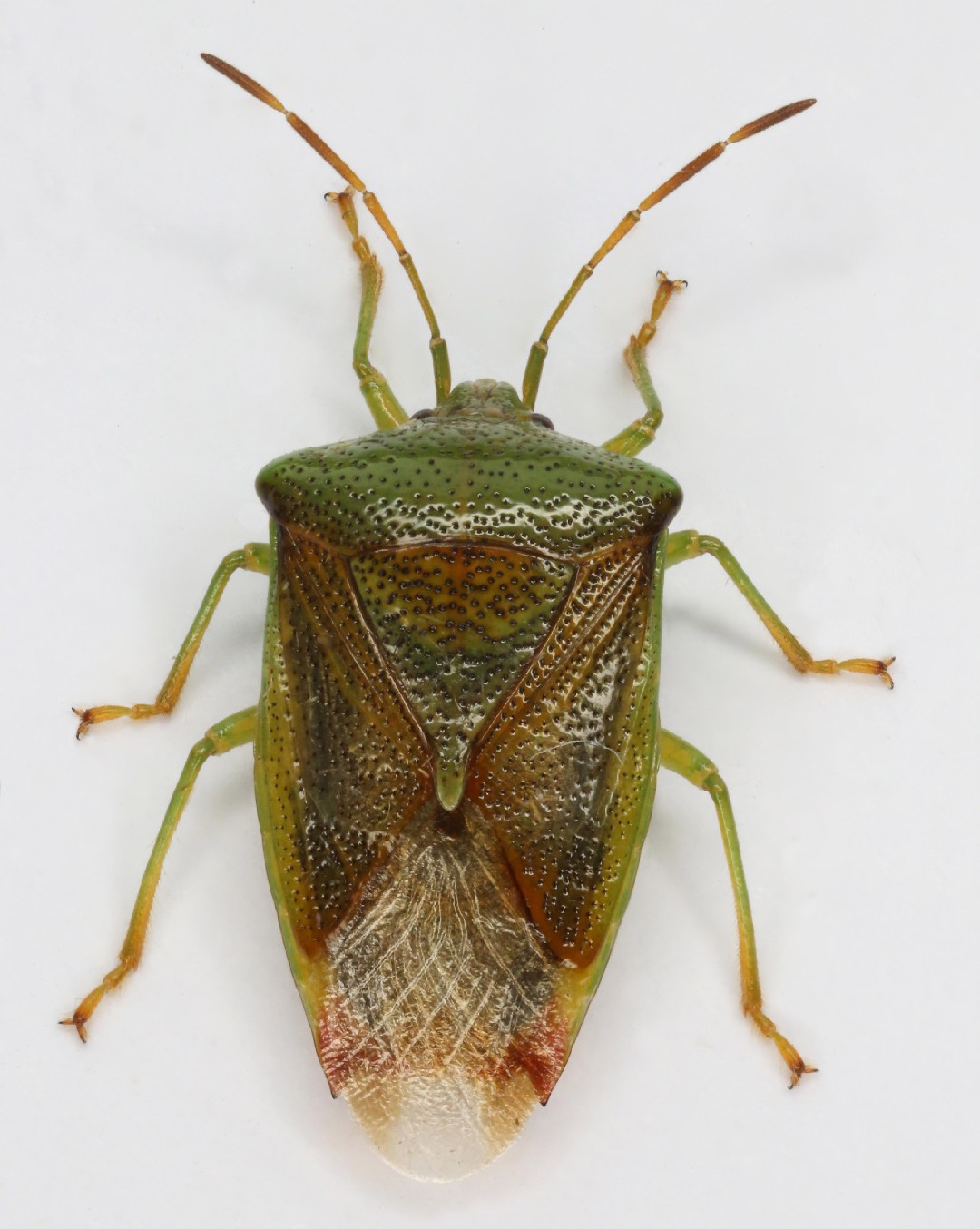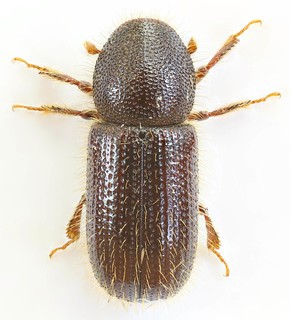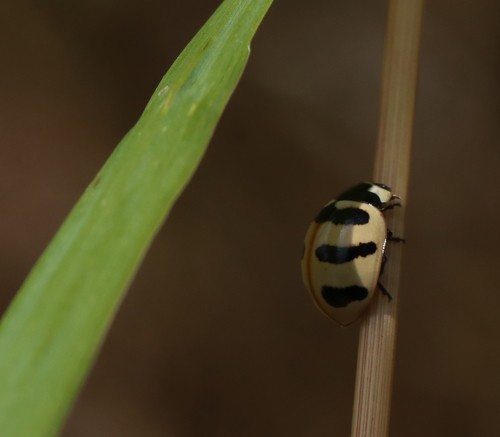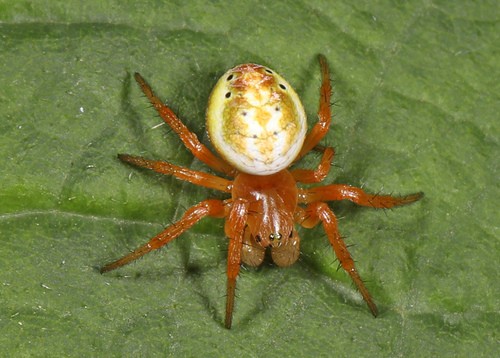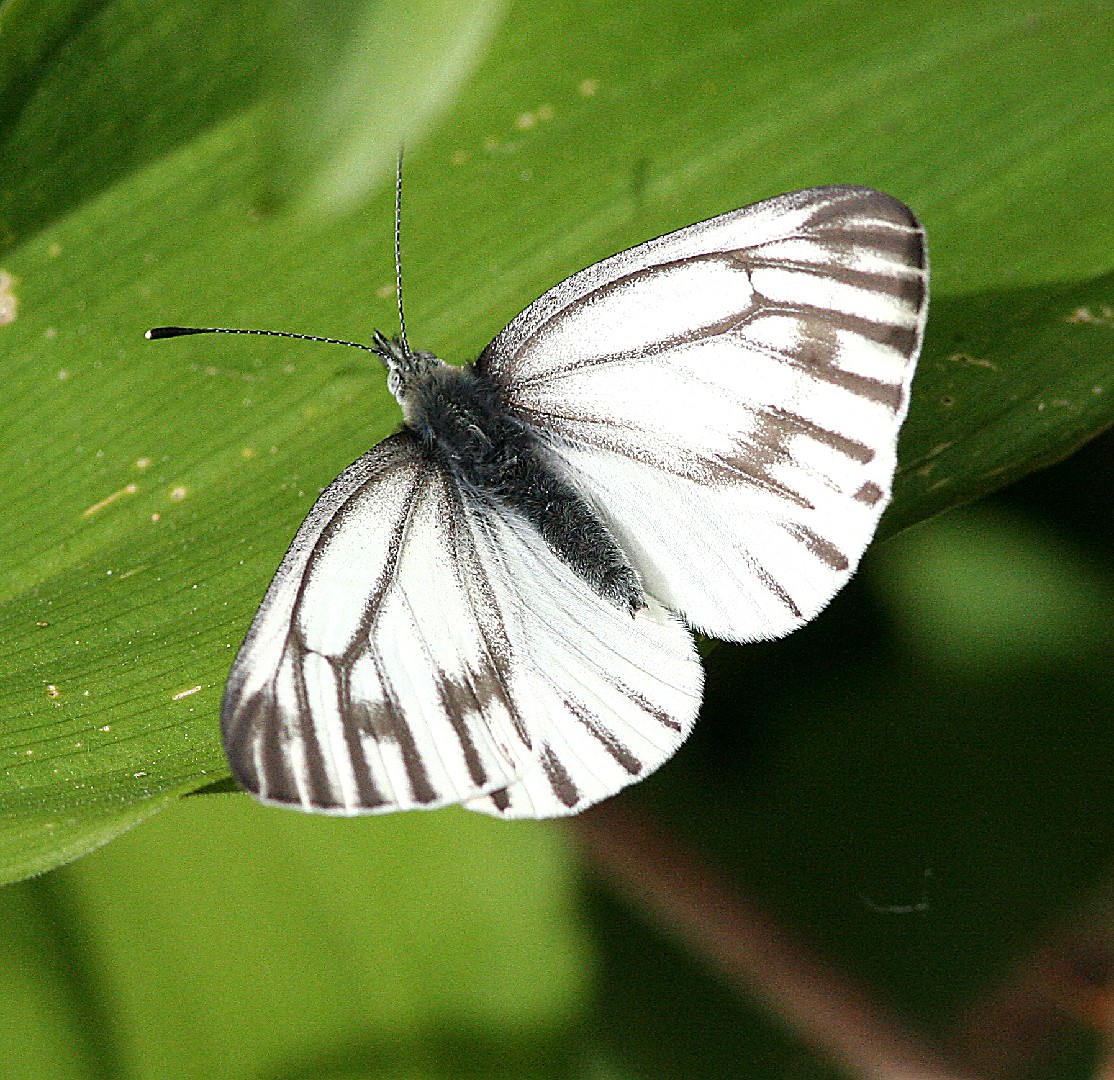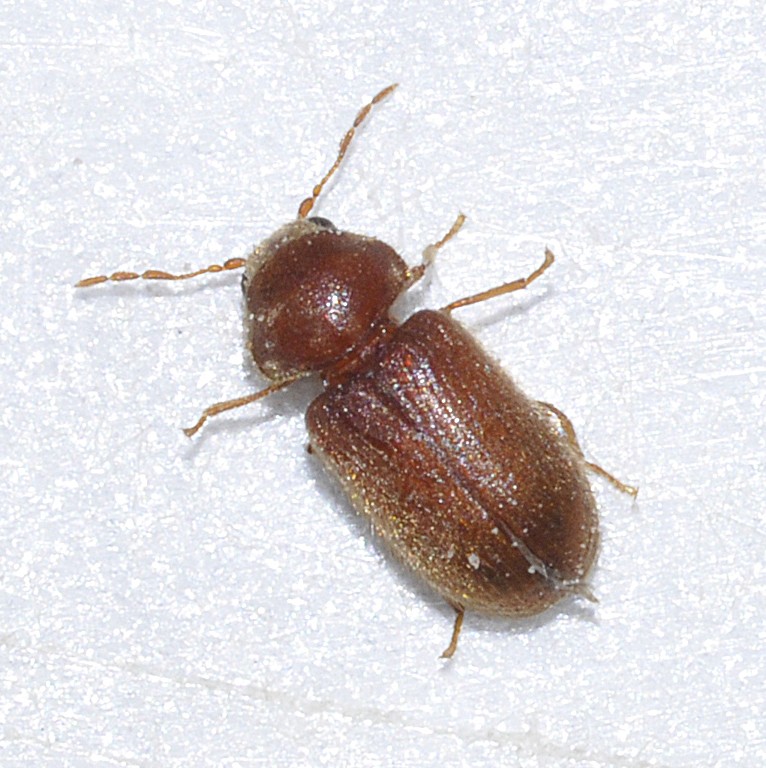Top 20 Most Common Insects in Alaska
Welcome insect enthusiasts! In the stunning diverse terrain of Alaska, thrives a myriad of insect species, each unique, adapting to varying geographical conditions. Insects, often underestimated, play fundamental roles in Alaska's ecosystems: serving as pollinators, recyclers, and prey to larger creatures. In our list of Top 20 most common insects, we'll explore the fascinating world of these crucial creatures, from helpful bugs to pesky invaders, all shaped by Alaska's diverse environments.
Most Common Insects
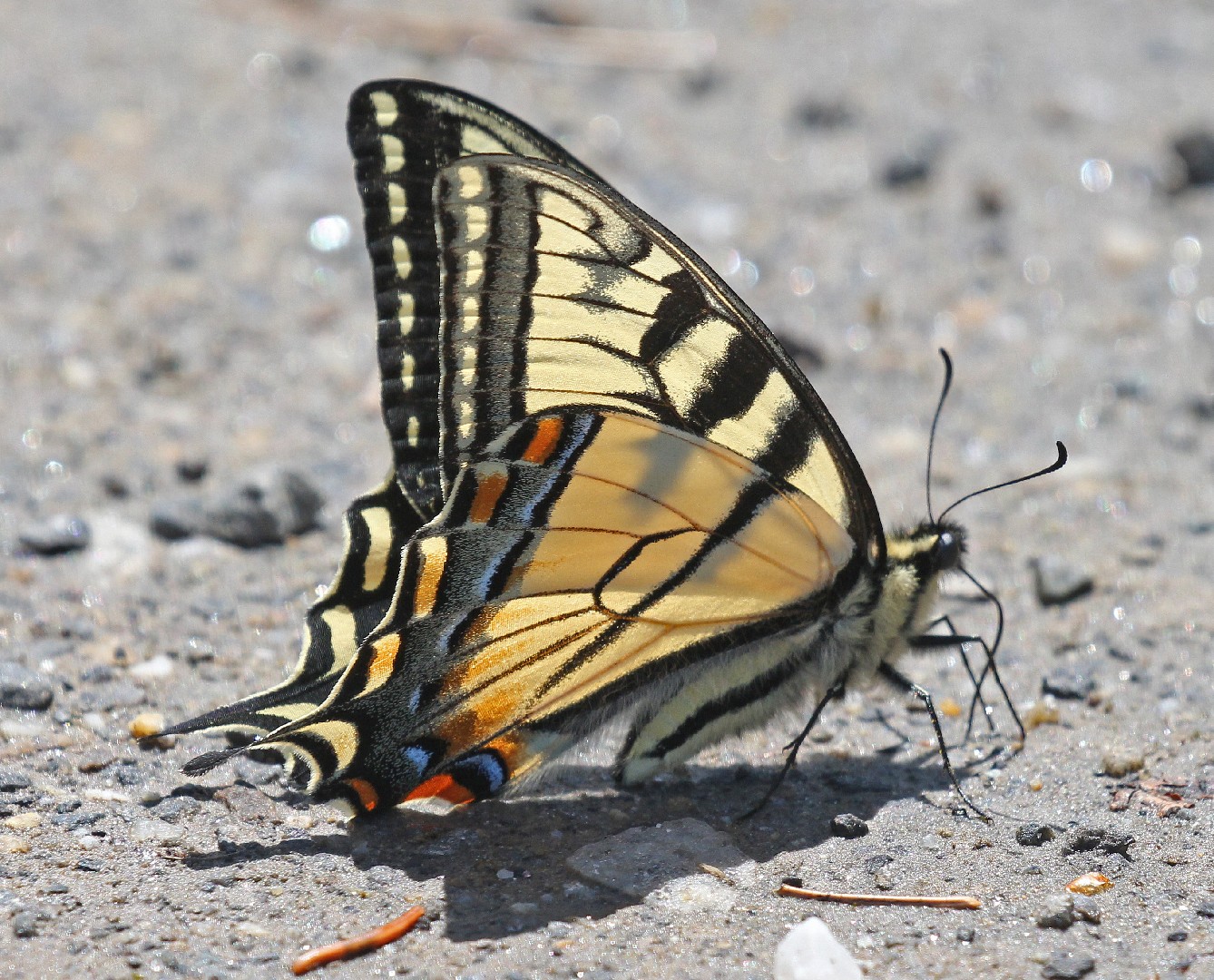
1. Canadian tiger swallowtail
The canadian tiger swallowtail (Papilio canadensis) is a beautiful insect that has earned its name by resembling tiger stripes. They are one of the most popular species when it comes to puddling, which involves butterflies splashing around in mud puddles in an attempt to get nutrients. When mothers lay their eggs, they will fold leave around them as a protective and edible shell, making them great parents.
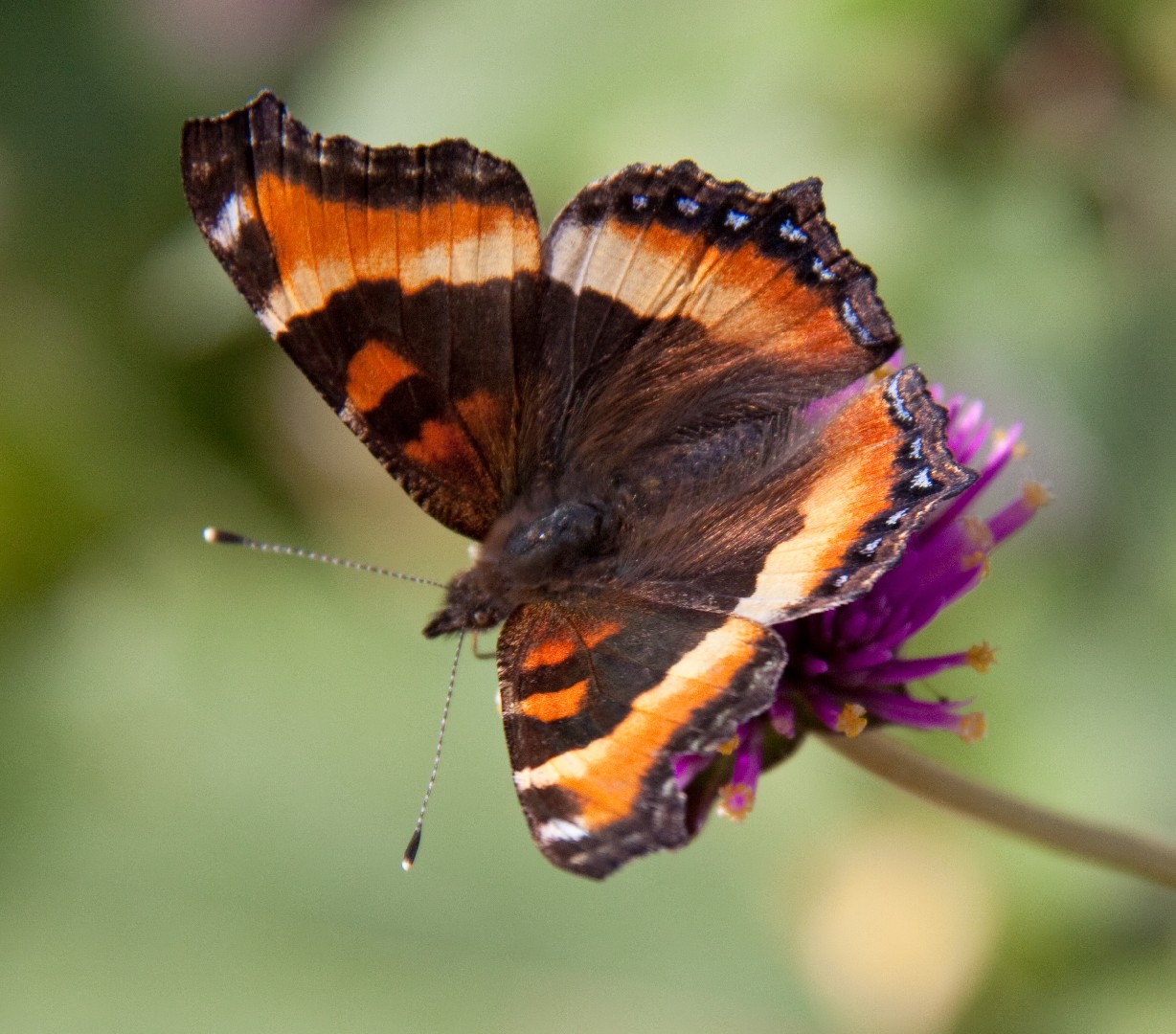
2. Milbert's tortoiseshell
Milbert's tortoiseshell (Aglais milberti) is a beautiful butterfly that is identified with their black coloring. The upperside of them is anywhere from red to brown and often fades into white. They are the only species under the Tortoiseshell butterflies that occur in North America.
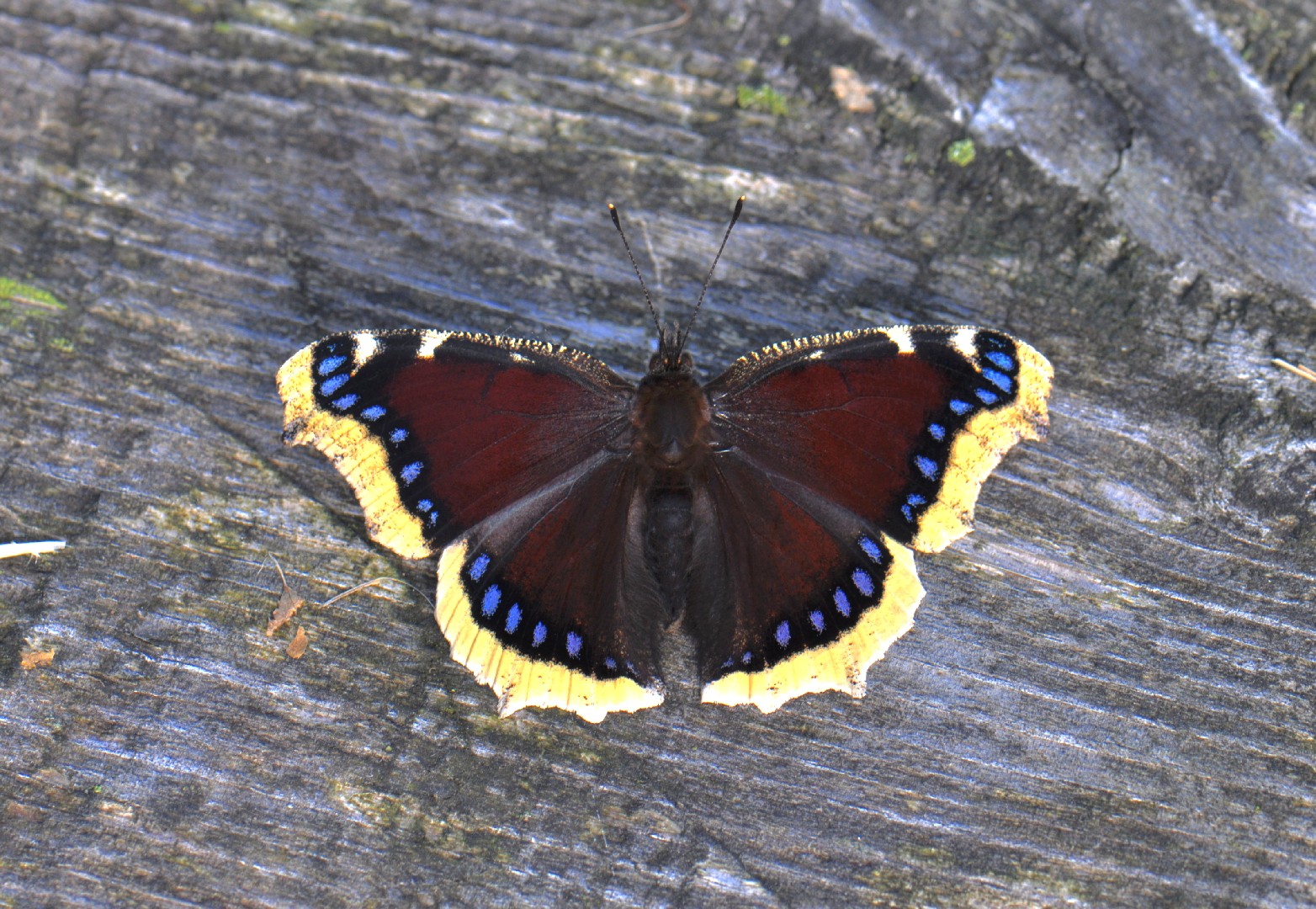
3. Mourning cloak
The state insect of Montana, mourning cloak (Nymphalis antiopa) owes its name to a visual comparison with a girl who, disliking mourning, allows a few inches of color to show from under her mourning garb. Among the longest-lived butterflies, individuals may persist for as long as eleven to twelve months. It is a powerful flier, with vagrants often found many miles from the usual migration paths.
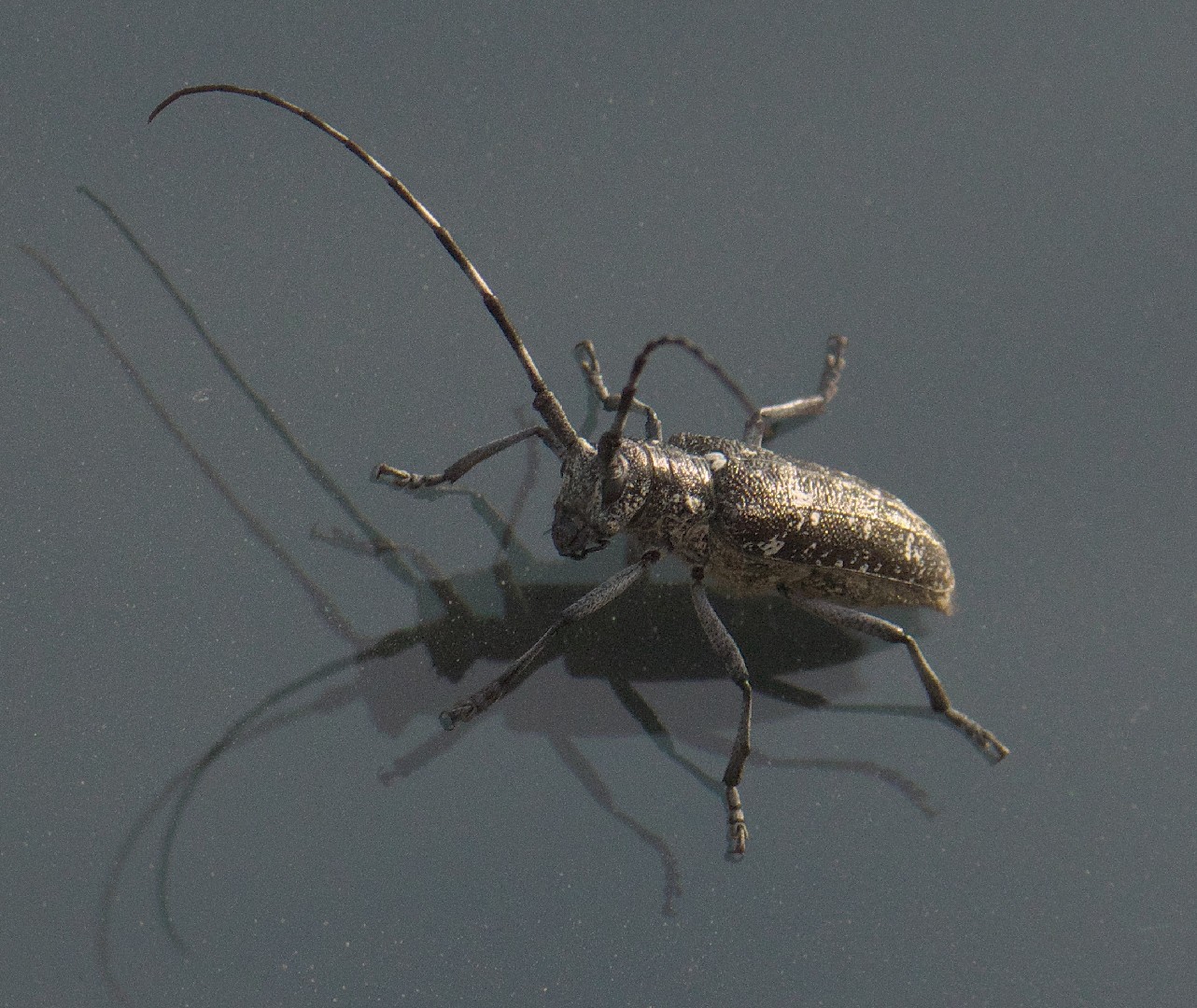
4. White-spotted sawyer
The white-spotted sawyer (Monochamus scutellatus) is a bronze wood-boring beetle with small white specks. It primarily infests dead or dying wood. It's easily confused with the Asian long-horned beetle, and the only significant difference between the two is that the white-spotted sawyer has a white spot between the top of its two wing covers.
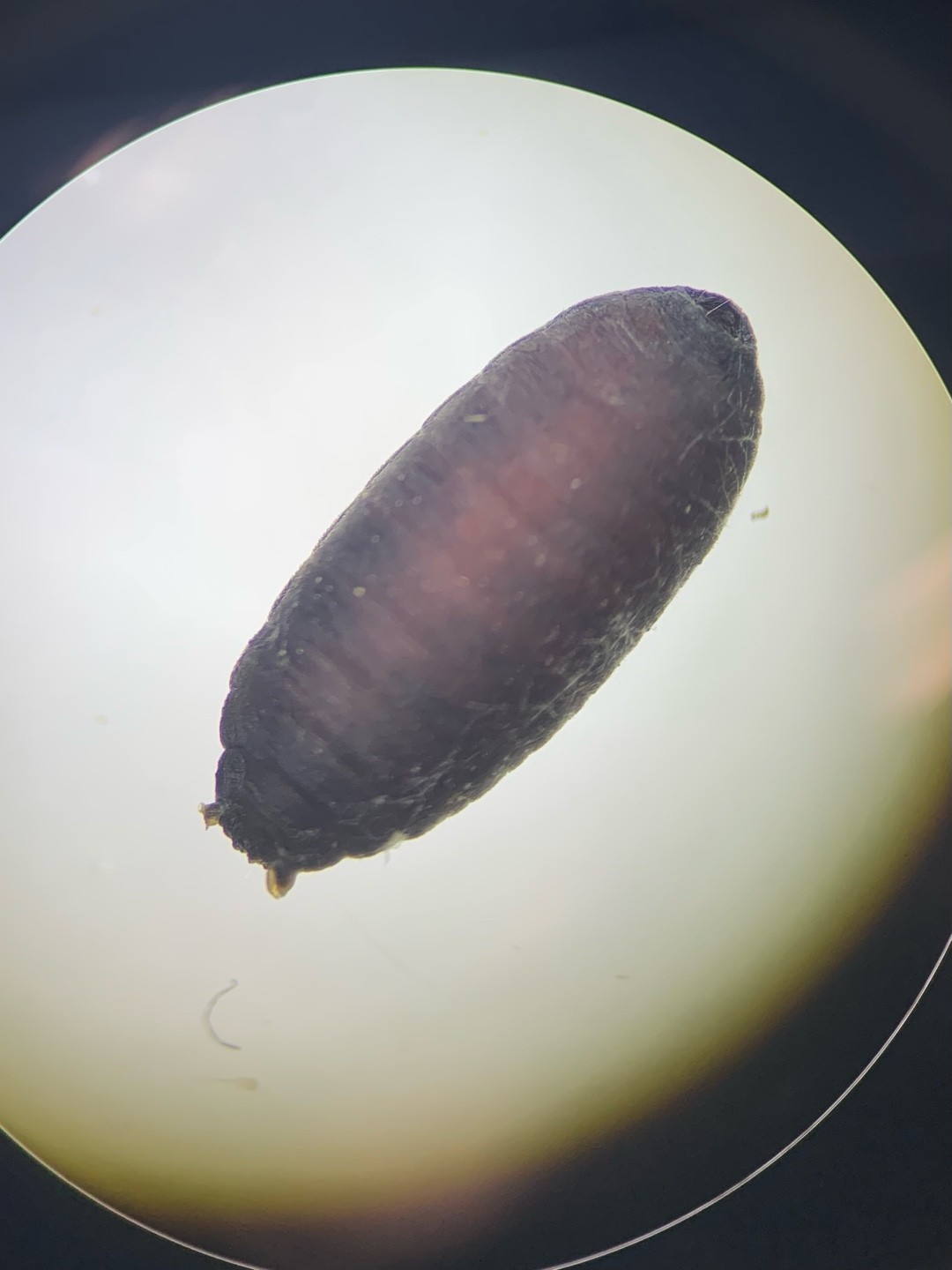
5. Lineate bark beetle
Trypodendron lineatum, known generally as striped ambrosia beetle, is a species of typical bark beetle in the family Curculionidae. Other common names include the two-striped timber beetle, conifer ambrosia beetle, and spruce timber beetle. It is found in Europe and North America. 
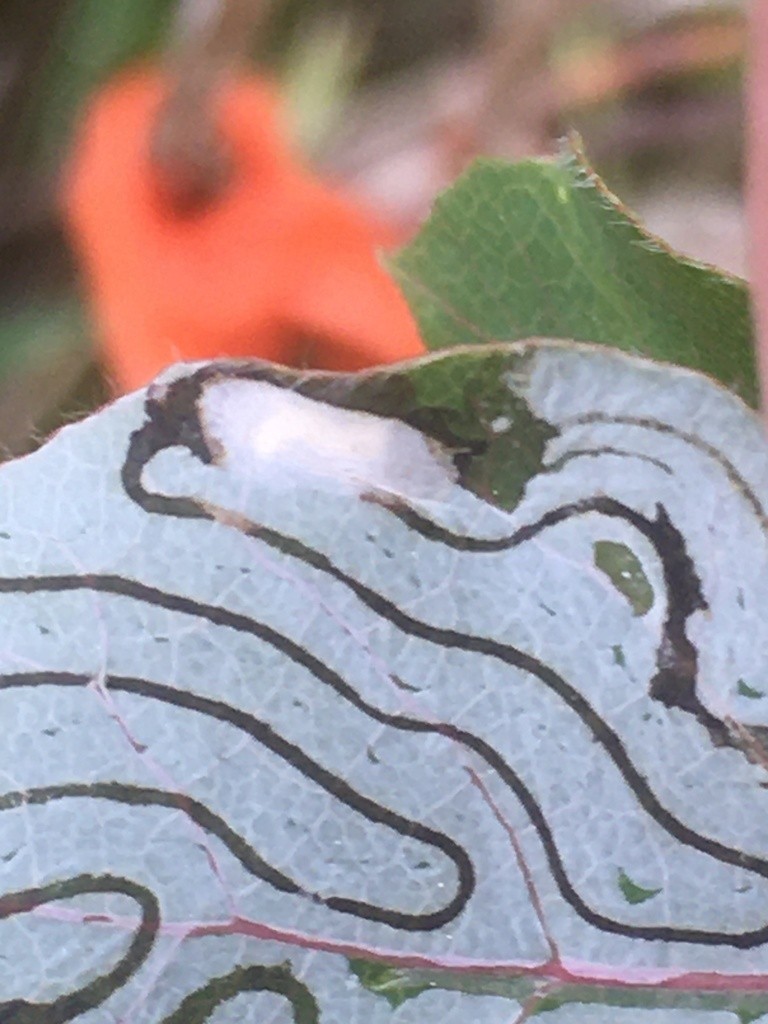
6. Common aspen leaf miner
The common aspen leaf miner or aspen serpentine leafminer (Phyllocnistis populiella) is a moth of the family Gracillariidae. It is found in northern North America, including Alberta, Massachusetts, Ontario and Alaska. The larvae feed on Populus tremuloides and balsam poplar. The larvae feed on the contents of epidermal cells on both top and bottom surfaces of quaking aspen leaves, leaving the photosynthetic tissue of the mesophyll intact. This type of feeding is taxonomically restricted to a small subset of leaf mining insects but can cause widespread plant damage during outbreaks. 
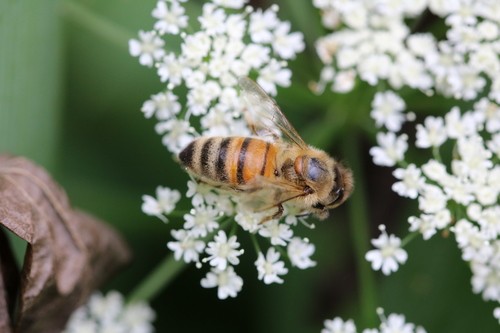
7. Western honey bee
Western honey bee(Apis mellifera) is the most common species of honeybee in the world. Among the first domesticated insects, its cultural and economic impact on humanity has been vast and far-reaching, providing honey, wax and its services as a pollinator. Western honey bee faces challenges worldwide, such as colony collapse disorder, and populations are thought to be decreasing.
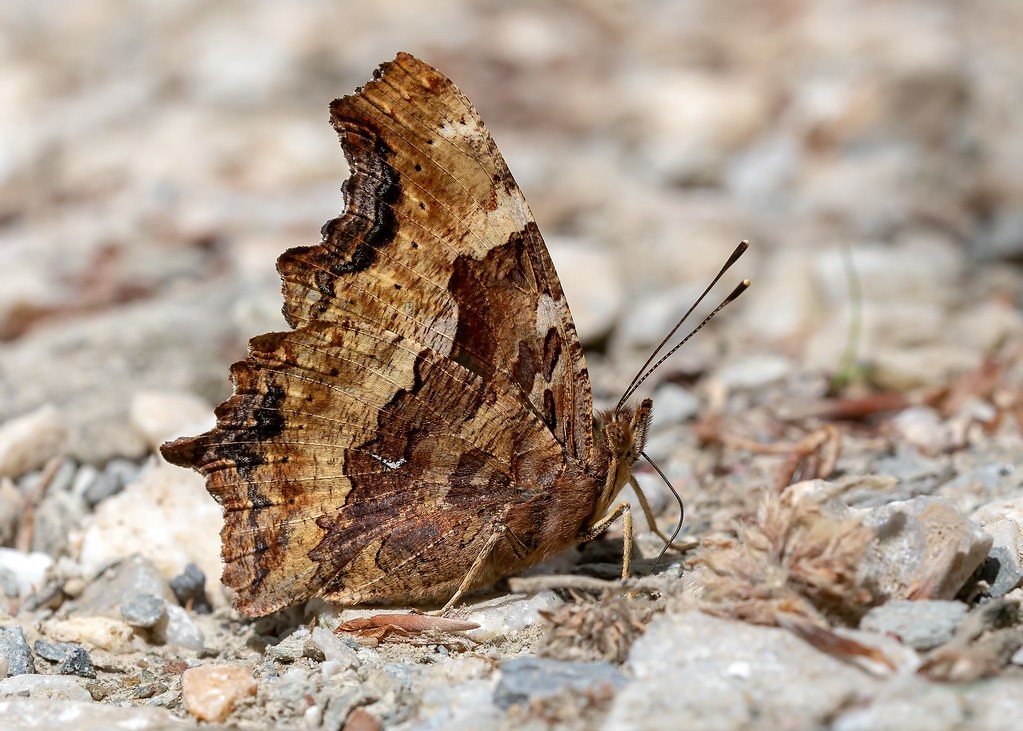
8. Compton Tortoiseshell
Wingspan: 2 1/2 - 3 1/16 inches (6.4 - 7.8 cm). The Upper side is orange-brown with darker wing bases and black patches. There is a single white costal spot on both the forewing and the hindwing. The verso is mottled grey and brown, with dark bases and borders.Regardless of the ground colour (grey-brown or a buff brown), there is great contrast between the dark chocolate-brown discal region and the paler postdiscal area in males, less so in females. The hindwing verso has a ‘V’-shaped white mark adjoining the cell at S4. In some specimens this ‘V’ is replaced by a dash, an ‘L’,a ‘C’ or a ‘J’ and it may consist of just a few white scales, or be absent altogether. This marking is far more prominent in males. This V mark is shared with Polygonia c-album, hence the name false comma. 
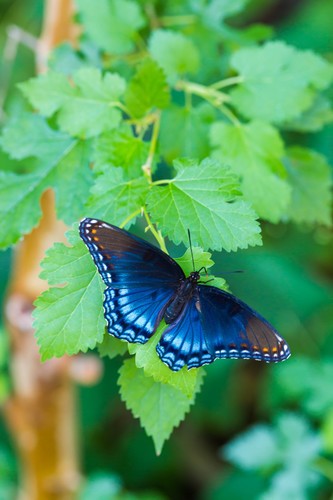
9. Red-Spotted Purple
The red-Spotted Purple (Limenitis arthemis) is a beautiful butterfly that shows off a metallic-blue color. They are also known as White Admirals due to the brilliant, white band that is seen on them. Males are incredibly aggressive in defending areas that have high female traffic. They will regularly patrol these areas to ensure other males do not take over claimed territories.
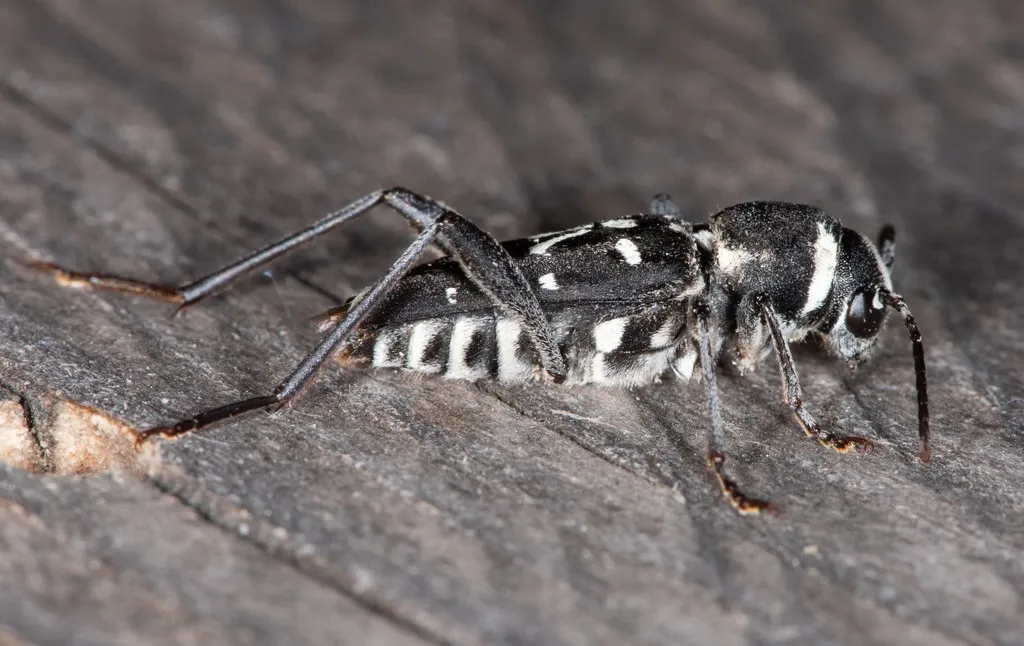
10. Spruce Zebra Beetle
Xylotrechus undulatus is a species of beetle in the family Cerambycidae. It was described by Say in 1824. 
More
